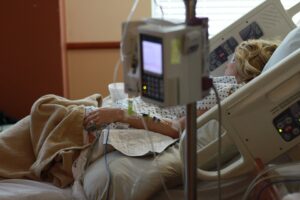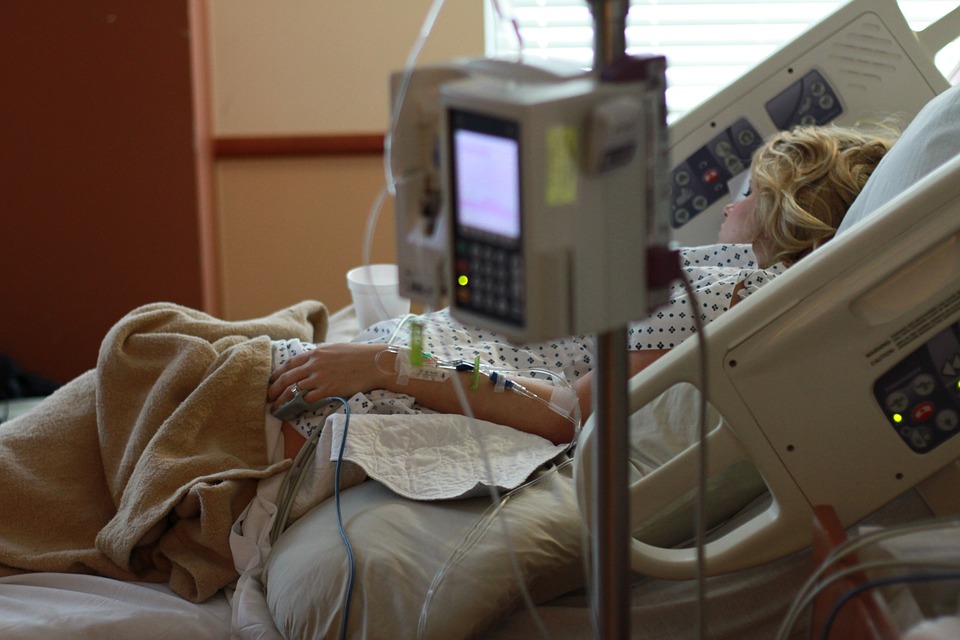Covid-19 new modelling: high number of hospitalizations, the guard remains high

TORONTO – The Ontario Science Table’s latest projections – the first in 2022 – suggest that following the lifting of some restrictions this week the peak of hospitalizations may be prolonged. Predictions about what will happen in the near future use three different scenarios based on different levels of immunity acquired through infection to chart the path forward.
Scientists say that in a rather low community immunity scenario where only two million residents have recently been infected with Covid-19, it is likely that the number of people hospitalized with the virus will begin to increase in mid-February and will eventually approach 6,000 in March, exceeding the number of beds available.
In a scenario of moderate community immunity where there are about 2.5 million Ontario residents with a recent Covid-19 infection, hospitalizations will increase again, but at a more gradual rate. Scientists say that in this scenario the number of people hospitalized with the virus would continue to fluctuate around 3,000 until mid-February and then rise to about 4,500 in March.
The Ontario Science Table states that only under “the most favorable assumption,” as restrictions are lifted, hospitalizations would actually continue to decline in the weeks and months ahead. That scenario, which would see the number of people hospitalized decline to about 2,000, is based on a “high community immunity” hypothesis in which about three million people have recently contracted an infection that gives them greater immunity.
The scientific table also predicts that the number of people in intensive care with Covid-19 by March will vary from about 400, at best, to about 900 in the worst case. However, data suggesting that ICU admissions caused by Omicron are lower.
During the presentation of the new projections, Dr. Peter Jüni, who is head of the scientific table, said that wastewater surveillance conducted in all 34 public health units indicates that on January 11 the peak in community transmission occurred with a “plausible range” of infections in the last 60 days from 1.5 million to four million.
According to Juni it is likely that at this time to appear in the statistics is about one infection in 10 for which the true number of daily cases “still exceeds 30,000”. “In the coming weeks we will understand in which direction we are going. We could be faced with a scenario that is potentially the best to take the next step regarding reopenings or a scenario in which in mid-March or the end of March we reach a higher peak with regard to hospitalizations or hospitalizations in intensive care – said Juni – we want to prevent the latter hypothesis from becoming reality. We have to be careful otherwise we could see too many people in our hospitals again.”
Scientists say that the relaxation of public health measures will result in a “greater spread of Covid-19 in percentages that will depend on vaccinations, the spread of Omicron and changes in behavior”.
Since last December, the spread of the Omicron variant has led to an exponential growth in cases and hospitalizations but there are signs that the worst has passed. Certainly the time has not yet come to let our guard down.



